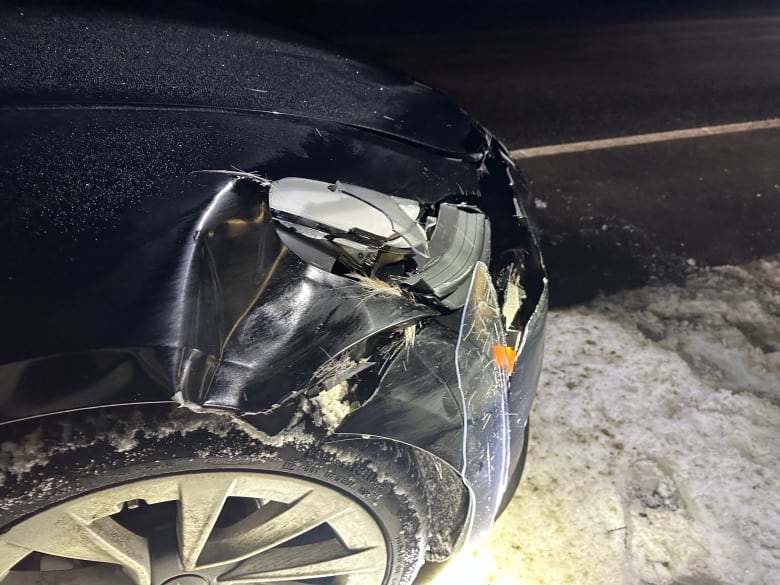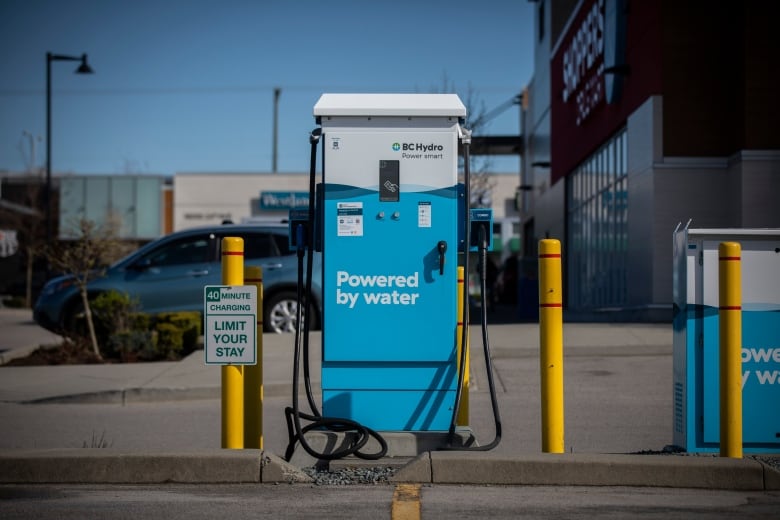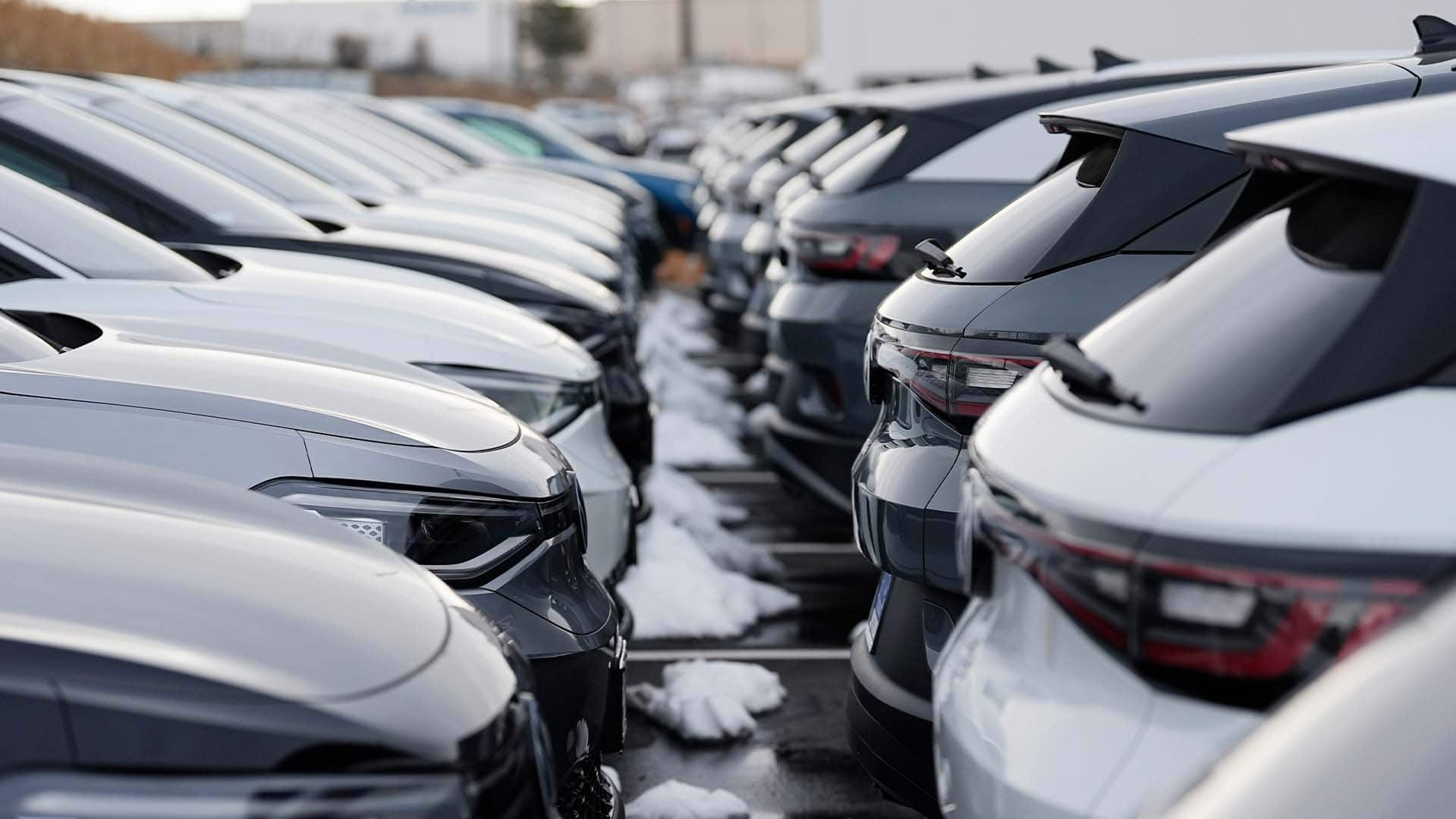
After Benjamin Vassalle hit a deer during a nighttime drive in northern Ontario in January, he and his partner knew that repairing their damaged electric vehicle would come at a cost.
Yet when their insurance company sent the car to an independent garage, the vehicle stayed there untouched for weeks — because the mechanic didn’t have the parts or expertise required to fix an EV.
The couple had little choice but to send their car to its manufacturer, Tesla, which fixed the broken headlight and crushed bumper.

Although the ensuing $18,000 bill was covered by their insurance company, the couple is now worried that their insurer will hike their premiums in the future.
“I think there’s a lack of knowledge from insurance companies about [electric] cars and all the repairs that can occur when you have that type of car,” Vassalle said.
Electric vehicles are more costly and complicated to repair than traditional cars, experts say. And more people are buying them. For those reasons, insurance claims for EVs are on the rise in other countries — and the same might soon be true for the Canadian market, according to a new report.
Report says EV premiums could start rising in Canada
A recent report by credit rating agency Morningstar DBRS assessed how a higher uptake of electric vehicles could lead to higher insurance premiums.
EV sales in the U.K., Europe and U.S. have boomed since 2019, according to the report. Boosted by government incentives and investments in charging infrastructure, these drivers will be the first to bear the brunt of higher insurance premiums on EVs — and Canada could be next, the report says.
In Canada, about 12 per cent of all new motor vehicles registered in the third quarter of 2023 were zero-emissions vehicles, according to Statistics Canada. That’s an increase from the same period in 2022, where they made up 8.7 per cent of all new registrations.
“Insurance is a pool business, whereby you have insurance premiums from a lot of people [that] are used to pay claims for very few people,” said Victor Adesanya, vice-president of insurance at Morningstar DBRS and a co-author of the report.
In the U.K., for example, the average cost of EV insurance rose by 72 per cent in 2023, compared to 29 per cent for internal combustion engine vehicles (heat engines that combust fuel or gas, like most cars), according to the Financial Times.
An increase in insurance premiums for EVs will be gradual for Canadians — mostly because the provinces regulate sharp insurance hikes — but they could be driven up by claims experience as more people transition to electric cars, Adesanya explained.
“Once you get more EVs into the mix, then the experience of that pool begins to change,” he explained, noting that rates are driven by everything from inflation to repair costs to theft to the cost of a vehicle’s parts.
The U.S. is moving forward with an ambitious plan aimed at shifting its auto industry toward making more electric vehicles — and Canadian companies could stand to benefit.
While EV sales are still growing, experts say they’ve cooled off due to concerns about range and charging infrastructure. But the federal government announced in December that it would implement an electric vehicle standard, aiming for a target of 100 per cent zero-emissions vehicle sales by 2035.
While Canada doesn’t have as many EVs on the road as the other regions covered by the report — mostly due to range anxiety, high prices and concerns about maintaining the cars in extreme temperatures — the cars are entering the mainstream, said Adesanya.
“In the next 10 years, we’ll most likely all be driving EVs, or close to all of us will have to start buying EVs,” he added. “So it’s going to affect both the insurance companies and the car owners.”
Kicking the tires doesn’t work for EVs, says prof
Electric vehicles have fewer parts compared to a traditional vehicle with an internal combustion engine, but an EV’s parts can be far more expensive, says Colin Simpson, who developed an EV technician program at George Brown College.
In five or 10 years, there will be a significant increase in used EVs on the market, and with that, certain repair requirements, said Simpson, who is also the dean of George Brown’s Centre for Continuous Learning.
The problem is that customers might not be able to identify what those repairs should be, using the same methods they would for a traditional car, for which you can “get a visual idea of how well the vehicle has been cared for.”
EVs could have less wear and tear and lower mileage, but if the battery needs a replacement, it can cost up to $20,000.

“So the used vehicle market is going to be, I think, a challenge, because for one thing, people don’t have that same ability to recognize what’s a good deal and what is not when they’re buying a used electric vehicle.”
Understanding the state of an EV battery’s health is a “far more complicated process,” as well, which could pose difficulties for insurance companies trying to determine a pricing model for EV premiums, he said.
“This whole mystery around ‘what’s the state of health of the battery’ … the usual signs aren’t there, like the actual mileage.”
When comparing non-electric and electric vehicles from the same manufacturer, “that electric version might be more costly to initially purchase because of those [repair] costs can be higher and that can also influence the premiums,” said Rob de Pruis, national director of consumer and industry relations at the Insurance Bureau of Canada.
The agency is working with auto manufacturers and vehicle associations to collaborate on ways to reduce some of those claim costs. But they’re not simple solutions, de Pruis added.
“We don’t have a lot of influence over these vehicle manufacturers, and that’s where we’re also talking with the government.”


